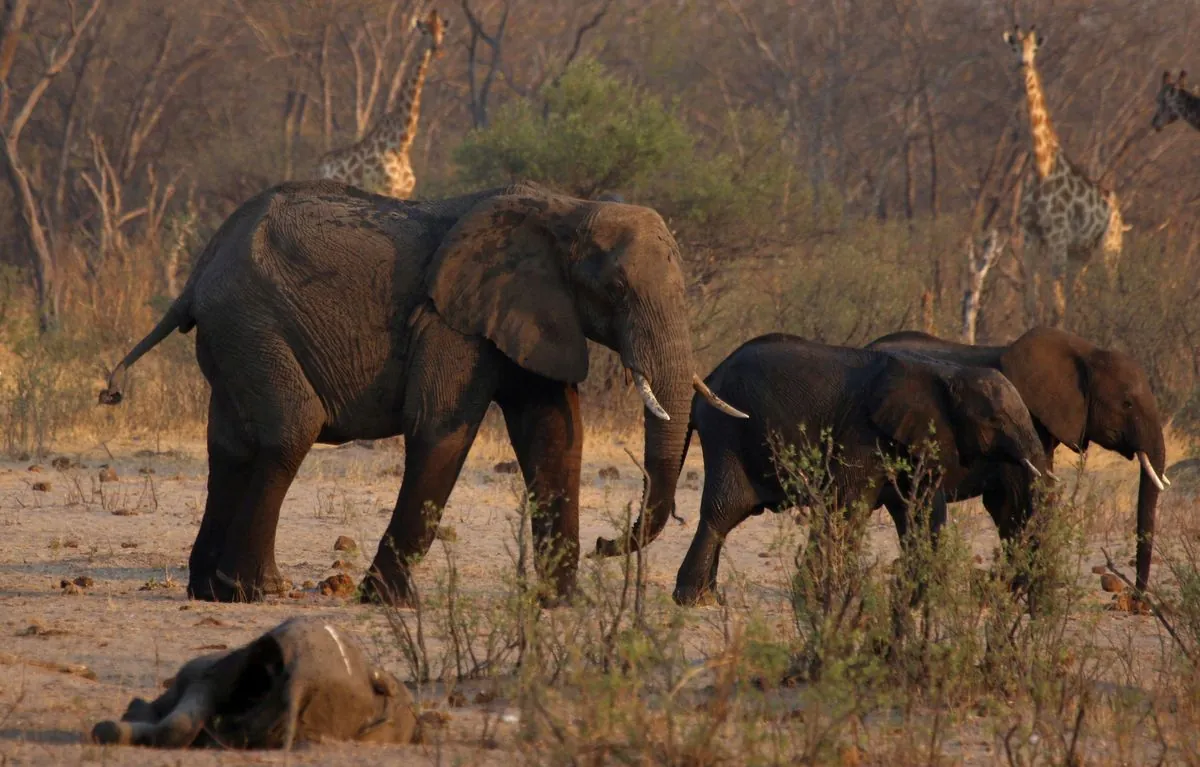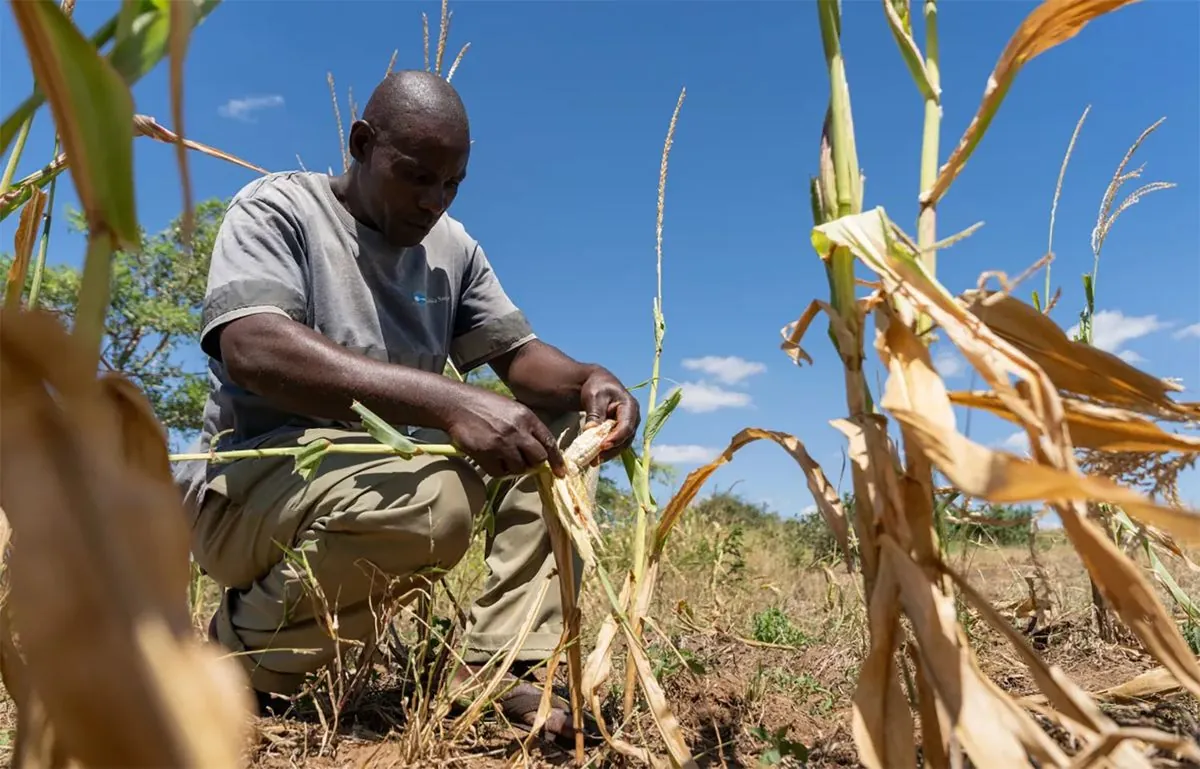Namibia's Drought Crisis: Wildlife Culling Plan Aims to Feed Nation
Namibia plans to cull over 700 wild animals to provide meat during severe drought. The initiative aims to address food insecurity affecting 48% of the population amid the worst drought in a century.

In response to a severe drought crisis, Namibia has announced a plan to cull more than 700 wild animals, including elephants and hippos, to provide meat for its struggling population. This decision comes as the nation grapples with what the United Nations has termed the worst drought to affect the country in a century.
The Namibian Ministry of Environment, Forestry and Tourism has outlined a culling plan that includes 83 elephants, 30 hippos, 300 zebras, 60 buffaloes, 100 wildebeests, 50 impalas, and 100 eland antelopes. These animals are being selected from national parks and communal areas with sustainable wildlife populations.
Namibia, which gained independence in 1990 and has a population of approximately 2.5 million, is known for its unique environmental features and wildlife conservation efforts. The country is home to the world's oldest desert, the Namib Desert, and boasts the largest free-roaming cheetah population globally. Notably, Namibia was the first African country to incorporate environmental protection into its constitution.
The severe drought affecting southern Africa began in early 2024, with Namibia declaring a national disaster in May of that year. According to a July 2024 report by the Integrated Food Security Phase Classification (IPC), an estimated 1.4 million people in Namibia, or 48% of the population, face high acute food insecurity. This situation is particularly challenging for a country where most households depend on crop and livestock farming.

The drought's impact extends beyond food security, causing inflation, economic decline, and unemployment. The United Nations attributes this drought to El Niño, a natural global climate pattern that warms Pacific waters and affects weather patterns worldwide. The most recent El Niño event, which ended in mid-June 2024, contributed to record-breaking ocean and air temperatures, resulting in heat waves and drought in some regions and flooding in others.
While El Niño is a natural phenomenon, scientists believe that global warming may increase the frequency of extreme El Niño and La Niña events. This climate crisis is affecting Namibia's unique ecosystems, including the mysterious "fairy circles" in its grasslands and the world's largest underground lake, Dragon's Breath Cave.
The wildlife culling initiative serves a dual purpose: providing meat to the population and reducing pressure on grazing and water resources for remaining wildlife. Professional hunters have already culled over 150 animals, providing more than 56,000 kilograms of meat.
Namibia's decision to cull wildlife, while controversial, aligns with its history of innovative community-based natural resource management programs. The country has implemented successful rhino conservation efforts and is known for its unique desert-adapted wildlife along the Skeleton Coast.
The drought's impact on wildlife is not limited to Namibia. In late 2023, at least 100 elephants died of drought in Zimbabwe's largest national park. The Kavango-Zambezi (KAZA) conservation area, spanning five countries including Namibia, is home to an estimated 227,900 elephants, with about 21,000 in Namibia as of 2022.
As Namibia navigates this crisis, it must balance its commitment to environmental protection with the immediate needs of its population. The country's low population density and vast landscapes, including the Fish River Canyon (the world's second-largest canyon) and the towering sand dunes of Sossusvlei, present unique challenges and opportunities in addressing this unprecedented drought.
"We are happy that we can assist the country in this very difficult time and when its absolutely needed."
This culling initiative underscores the complex interplay between wildlife conservation, climate change, and human needs in one of Africa's most unique and environmentally conscious nations.


































